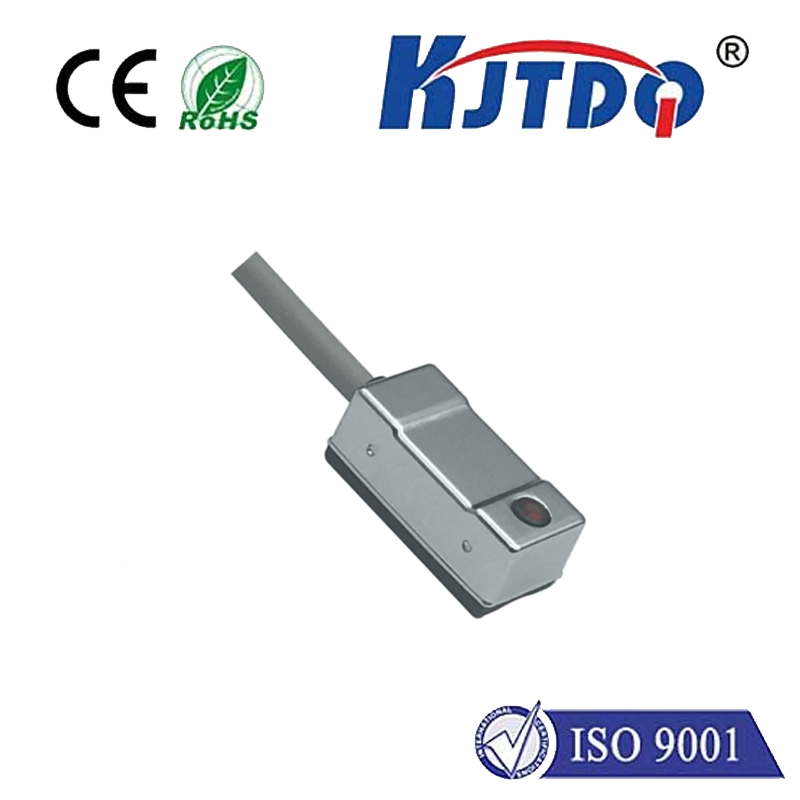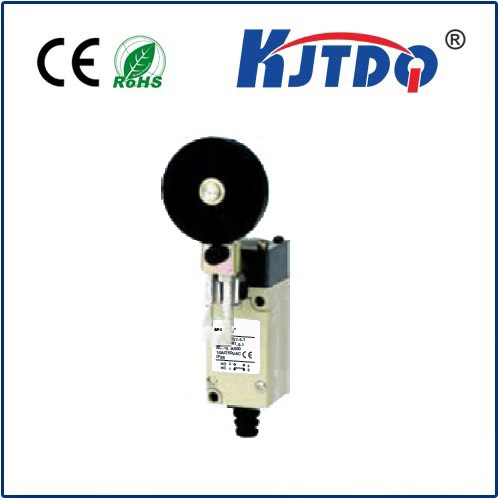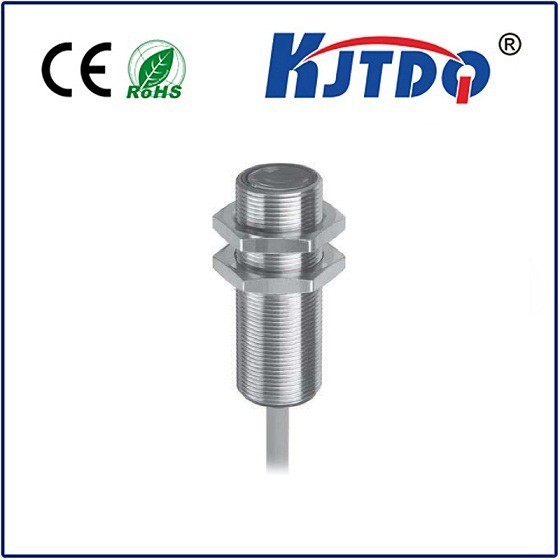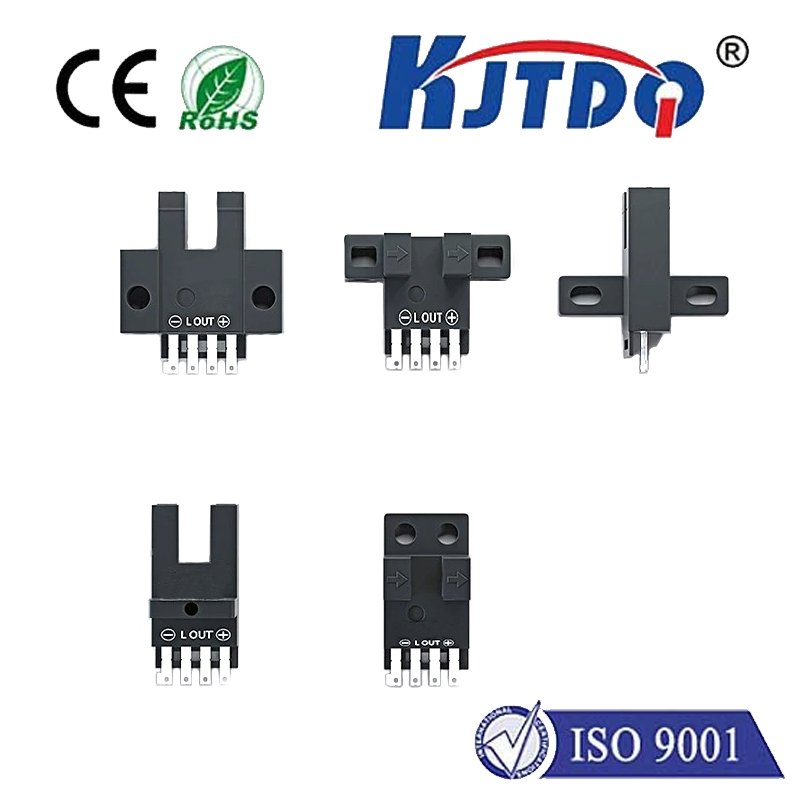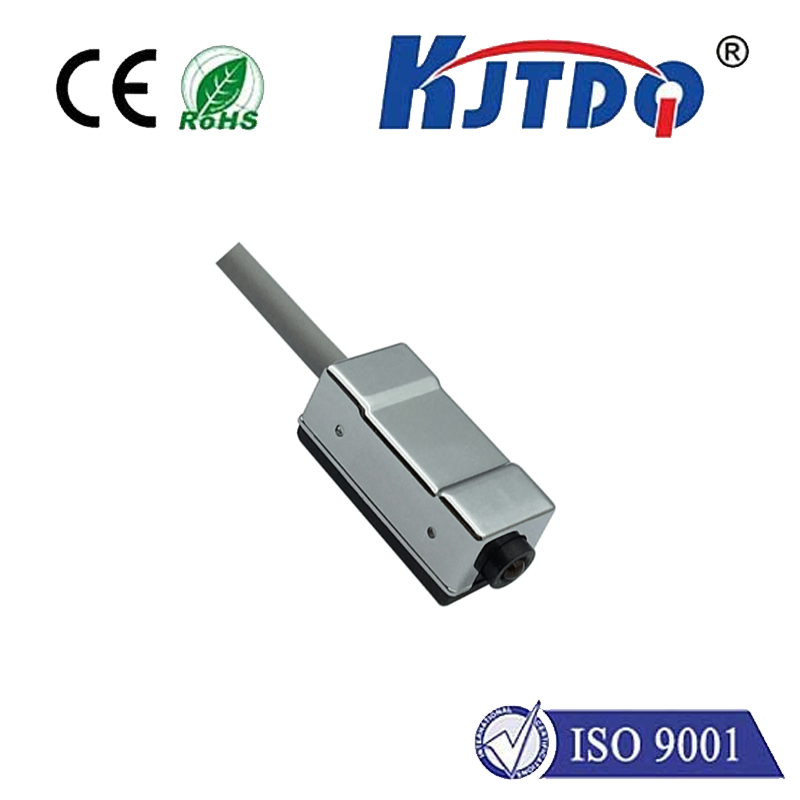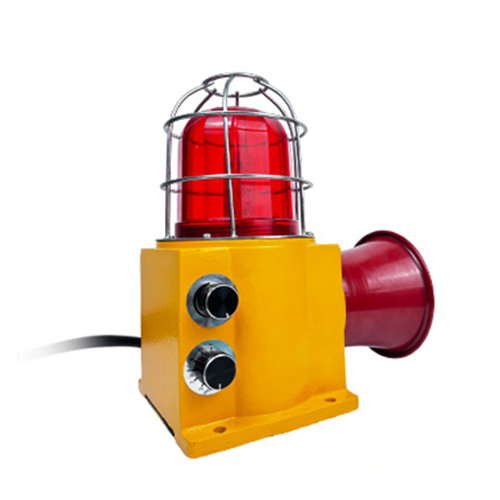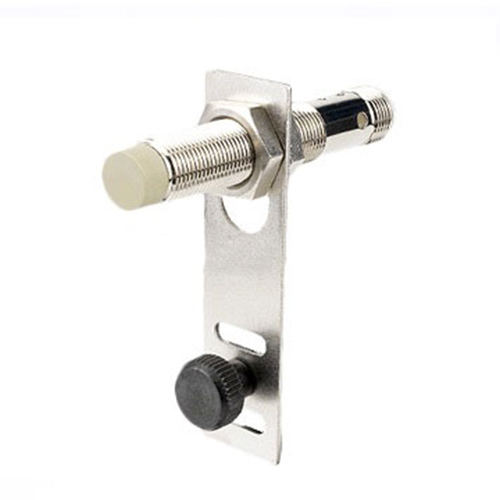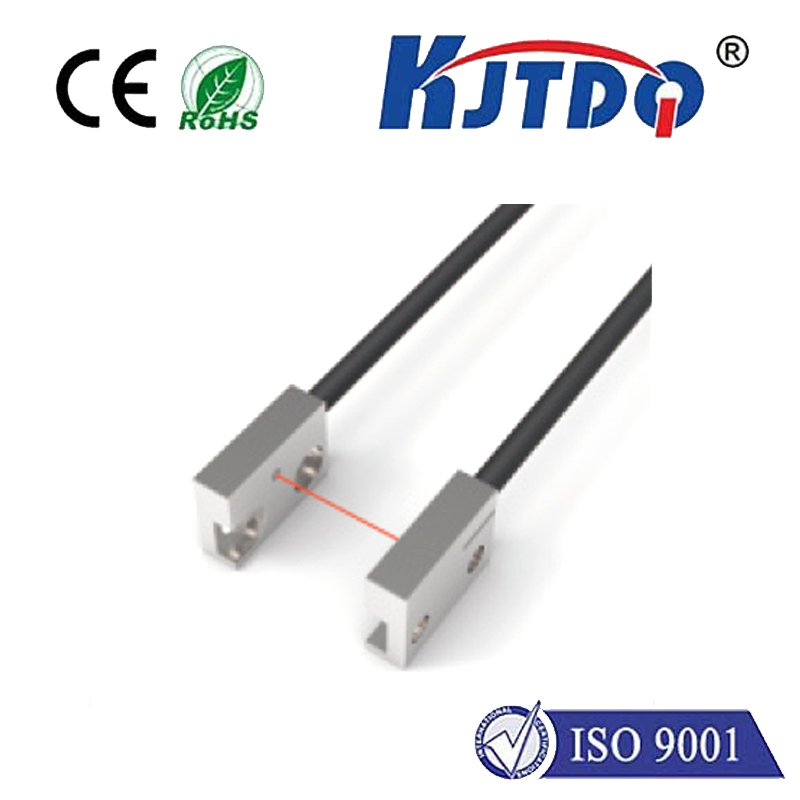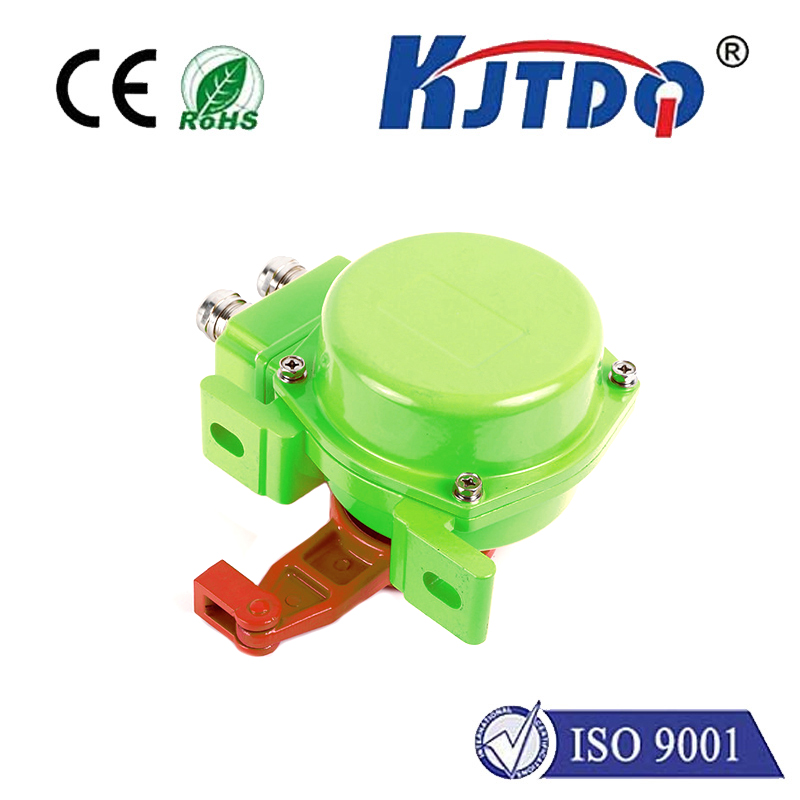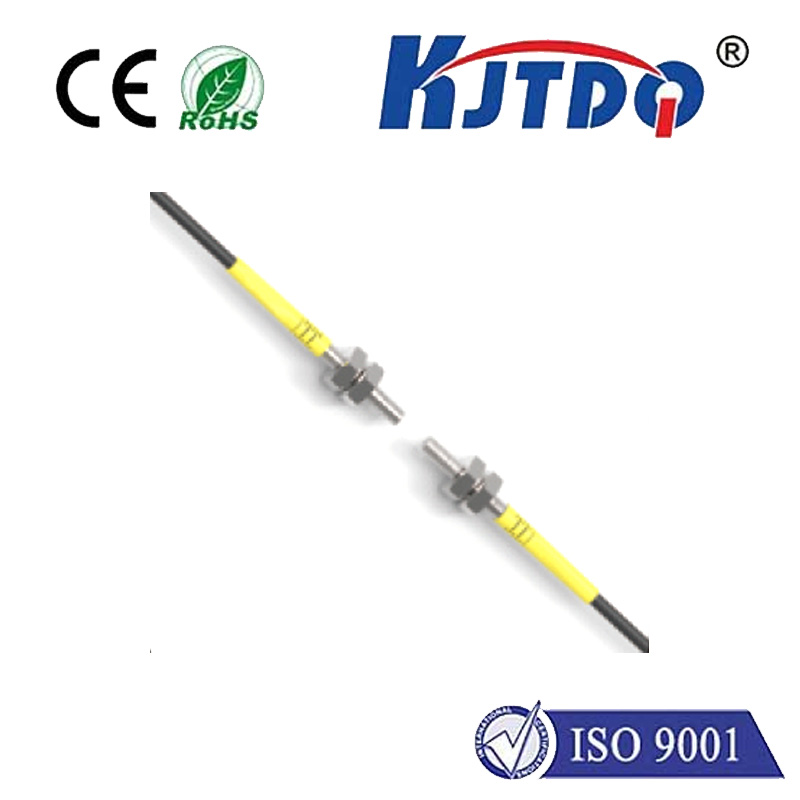Приближение
- time:2025-06-16 16:37:05
- Нажмите:0
The Proximity Meter: Your Essential Guide to Non-Contact Sensing Technology
Imagine knowing the exact position or presence of an object without ever touching it. This isn’t science fiction; it’s the daily reality enabled by the unsung heroes of automation: proximity meters, more commonly known as proximity sensors. From the precise assembly of smartphones to the safety features of your car, these devices silently orchestrate countless processes in our modern world. Studies indicate that the global proximity sensor market is projected to exceed $4 billion by 2026, underscoring their critical role in industrial and consumer applications alike. Understanding what they are, how they work, and where they excel is key to unlocking smarter, safer, and more efficient systems.
At its core, a датчик приближения is a device designed to detect the presence or absence, and often the distance, of a nearby object without requiring physical contact. This fundamental principle of non-contact detection offers significant advantages over mechanical switches, eliminating wear and tear, reducing maintenance, enabling faster response times, and working reliably in dirty or harsh environments. The term “proximity meter” often colloquially refers to the sensing system or the interpreted output indicating closeness.
How Does a Proximity Sensor Actually Work?

The magic lies in the underlying technology. Several distinct principles are employed, each suited to different applications and target materials:
- Inductive Proximity Sensors: These are the workhorses of metal detection.
- Principle: They generate an oscillating electromagnetic field from a coil. When a ferrous or non-ferrous metal object enters this field, it induces eddy currents on the object’s surface. This disrupts the field, causing a measurable change in the sensor’s internal circuit (usually amplitude or frequency shift).
- Key Point: Primarily detect metallic targets. Detection range depends on the sensor’s size, target material (ferrous metals are detected at greater distances), and coil design.
- Ideal For: Metal object counting, position verification on conveyors, detecting machine parts (like pistons), and CNC machine tool positioning. Their robustness makes them perfect for industrial floors.
- Capacitive Proximity Sensors:
- Principle: These sensors act like open capacitors. They generate an electrostatic field between two electrodes (often the sensor face and its internal components). When any object (metal, plastic, wood, liquid, granular material) with a different dielectric constant than air enters this field, it alters the sensor’s capacitance. The electronics detect this change.
- Key Point: Detect virtually any material. They must often be tuned to ignore background interference (like nearby machinery or containers). Detection range is generally shorter than inductive sensors for equivalent sizes.
- Ideal For: Level detection in tanks (liquids, powders), presence detection of non-metallic objects (bottles, boxes, wood), and material handling systems dealing with diverse substances.
- Ultrasonic Proximity Sensors:
- Principle: These sensors emit high-frequency ultrasonic sound waves and listen for the echo. The time taken for the sound wave to travel to the target and back is measured to calculate the distance (time-of-flight principle). While technically distance sensors, they function excellently for presence detection within defined ranges.
- Key Point: Provide accurate distance measurement and presence detection for a wide variety of materials and surfaces. Performance can be affected by target texture, temperature gradients, and highly absorbent materials. Offer longer ranges than inductive or capacitive types.
- Ideal For: Tank level sensing, object detection over distances (e.g., pallet stacking height), web break detection, and robotics navigation/obstacle avoidance.
- Photoelectric Sensors (Often Included in Proximity Discussions):
- Principle: Use a light beam (visible, infrared, laser) to detect an object. Common modes include:
- Through-Beam: Separate emitter and receiver; detection when beam is broken.
- Retroreflective: Emitter and receiver together; beam bounces off a reflector; detection when beam breaks.
- Diffuse (Proximity Mode): Emitter and receiver together; detection relies on light reflected directly off the target object. This mode is closest to typical proximity sensor operation.
- Key Point: Offer long ranges and detect small objects precisely. Performance can be impacted by target color, reflectivity, ambient light, dust, and fog.
- Ideal For: High-speed counting, detecting transparent objects (with specialized models), position registration on high-speed lines, and applications requiring long sensing distances.
Why Choose a Proximity Sensor? The Compelling Advantages
The shift towards non-contact sensing driven by proximity technologies offers substantial benefits:
- No Physical Contact, No Wear: Eliminates mechanical stress on both the sensor and the target object, leading to vastly extended operational lifespans and reduced maintenance downtime.
- High Reliability: Immune to issues like dirt buildup on contacts or mechanical failure associated with limit switches.
- High Speed Operation: Capable of detecting objects at incredibly high speeds, far exceeding what mechanical switches can achieve – essential for modern manufacturing lines.
- Suitable for Harsh Environments: Many models boast excellent sealing ratings (IP67, IP69K), resistance to chemicals, oils, vibration, and extreme temperatures, making them indispensable in demanding industrial settings like foundries or food processing plants.
- Output Flexibility: Provide clean, bounce-free electrical signals (usually PNP/NPN transistor outputs or analog voltage/current proportional to distance) easily integrated into PLCs (Programmable Logic Controllers) and other control systems. Digital outputs provide simple on/off presence detection, while analog outputs give continuous distance feedback – a crucial feature for precise positioning tasks.
Applications: Where Proximity Technology Powers Our World
The versatility of proximity meters means they are embedded in countless systems:
- Промышленная автоматизация: The absolute bedrock. Used for position sensing of cylinders, end-of-travel detection, object counting on conveyors, spindle positioning on CNC machines, and verifying part presence in assembly jigs. Inductive sensors are ubiquitous here.
- Robotics: Critical for end effector positioning, safe interaction with objects (gripping, assembly), and simple collision avoidance. Collaborative robots (cobots) heavily rely on proximity sensing for safety.
- Automotive: Used extensively on assembly lines and embedded within vehicles for gear position detection, brake pedal position, suspension height sensing, and non-contact switches.
- Consumer Electronics: Enable features like automatic screen dimming when a phone is held to the ear, or detecting when a flip phone is closed. Capacitive sensors form the basis of touchscreens.
- Material Handling & Packaging: Detect objects on conveyors, verify filled container levels (capacitive or ultrasonic), control sorting gates, and ensure package position for labeling or sealing.
- Security Systems: Form part of door/window contact sensors (magnetic reed switches are a type) and motion detection systems (PIR sensors, while different, detect presence).
- Building Automation: Control automatic doors (safety beams), manage lighting occupancy, and detect liquid levels in HVAC systems.
Selecting the Right Proximity Meter: Key Considerations
Choosing the optimal sensor isn’t arbitrary. Key factors demand careful evaluation:
- Target Material: Is it metal? Non-metal? Liquid? Particle? (This heavily influences inductive vs. capacitive).
- Required Sensing Distance: How far away does the sensor need to detect the object? Factor in any installation tolerances.
- Output Required: Simple presence (digital ON/OFF) or continuous distance feedback (analog output)?
- Environmental Conditions: Exposure to temperature extremes, water, chemicals, oil, dust, or vibration? Determine the necessary IP rating and construction material (e.g., nickel-plated brass or stainless steel housing).
- Mounting Constraints: Available space? Surrounding metal? (Inductive sensors require flush or non-flush mounting considerations).
*







